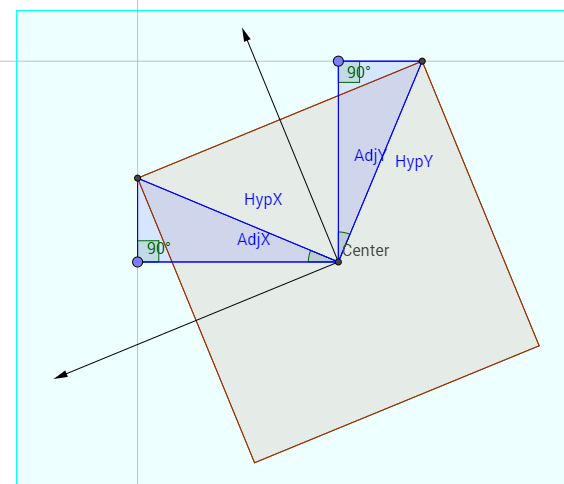After five days of websites, phone calls, and emails, I’m finally enrolled on my next modules for Q62. I’m finishing out Stage 1 with TM129 (Technologies in practice) and MST124 (Essential mathematics 1). Enrolment for October 2017 opened on the 9th, and it finally got completely sorted this morning. The website wouldn’t let me register on the first day, because it thought I was trying to take the modules in America from a UK address. I don’t even know what that means, but I had to call the next day to sort it out. Once they corrected that issue, they said I hadn’t sent in proof of residence in the UK. Finding it pointless to argue what had or hadn’t been done, versus what had or hadn’t been lost by their IT systems, I sent in more proof. The next hurtle was that they registered me on the phone for the modules, but didn’t tie those modules to my degree, so they wouldn’t count toward it. (In the long run, this isn’t an issue, but it would have required more fuss next year, since my Stage 1 wouldn’t be cleared, even though I’d taken all the required modules.) Student Finance England should start taking applications for part-time studies in the 2017/2018 academic year in around mid-May, but putting my SFE CR number in now switched me from just reserving the spot in the module until 20 April to being fully registered in it.
As with TU100, I will be on one of TM129’s final presentations. The module’s final run is October 2018, but I think it has a February 2018 run before that. It covers three main areas: Networking, Linux, and Robotics. I’m glad that the degree is rounding out the ICT experience of its programme with these areas. I’m extremely familiar with the first two, and a very poor hobbyist in the third. My six year old son helped me build little toy robots last year, and this year he’s been working with a brilliant snap-together circuitry kit his auntie in America got him for Christmas. Even though the practical portions of the robotics section is entirely virtual, I’m certain he’ll enjoy sharing those parts together. It also comes with a copy of Isaac Asimov’s I, Robot, which was one of my favourite books in seventh grade.
MST124, I’m not ashamed to say, is a bit outside my abilities. I will not be receiving a distinction on this module. As only a bare pass is required and the specific outcome does not impact my degree classification in the slightest, I’m using this to full advantage and studying something I know I’ll only do about average on. The trade-off is that I should learn and grow the most with this module.
I’ve finally found the block descriptions for MU123 and MST124, so here’s what you learn:
MU123
- Basic maths review
- Vocabulary and notation
- Types of numbers
- Statistical summaries (types of averages, significant figures, etc.)
- Algebra
- Graphs
- Inequalities
- Geometry
- Advanced algebra
- Quadratics
- Statistical pictures
- Trigonometry
- Exponentials
- “Maths everywhere” (which I’m guessing is making it practical, which means story problems)
MST124
- Algebra review
- Graphs and equations review
- Functions
- Trigonometry review
- Coordinate geometry and vectors
- Differentiation
- Differentiation methods and integration
- Integration methods
- Matrices
- Sequences and series
- Taylor polynomials
- Complex numbers
Now, why the OU can’t just put this list side-by-side someplace and let people choose is beyond me. Looking at this, I can see that I had cleared MU123 by the ninth grade, including the level of trigonometry taught there. I’m about halfway up the MST124 list, having done some differential calculus, but in dire need of a refresher. I would be bored to tears on MU123. So even though I’m quite certain I’ll get toward the lower end of between 40% and 84% on my end-of-module exam, MST124’s my route. (I’ve heard the exam is multiple choice, though, so anything’s possible.)
It also has a revise & review site that opens up next week for early registrants to prepare them in case we’ve forgotten as much maths as we’ve learned.
